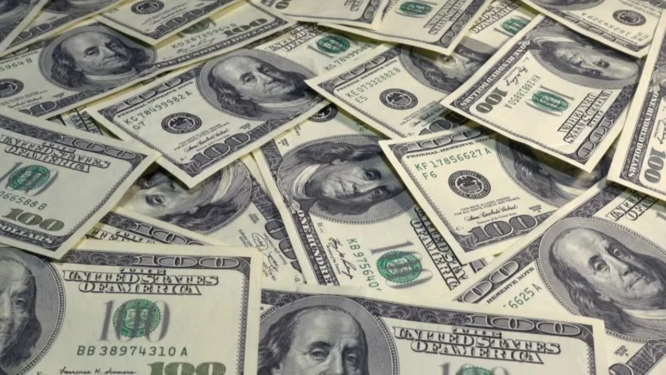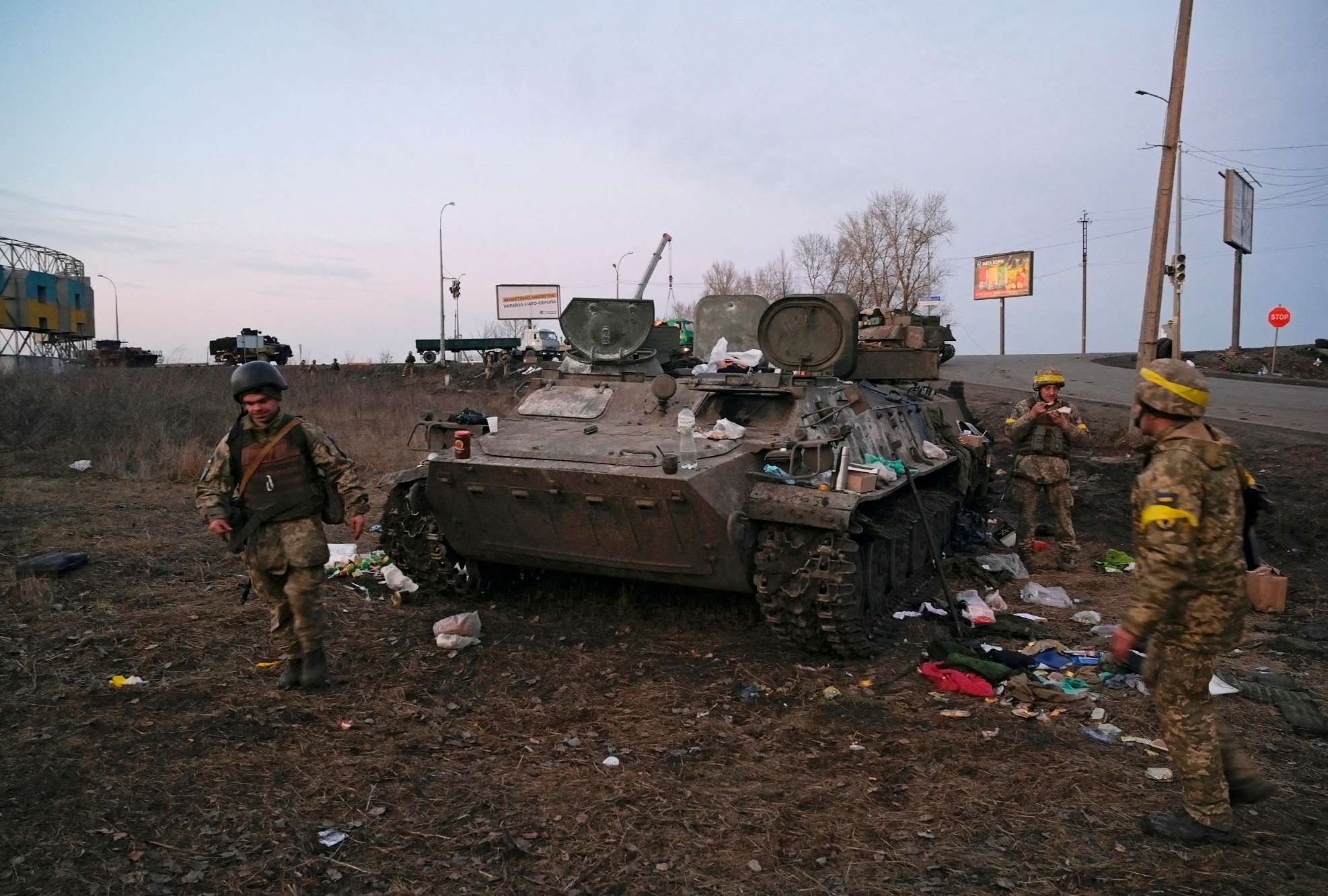OIL and commodity prices surge prompted by the invasion of Russia on Ukraine inevitably conjures up memories of previous episodes of oil price shocks. Among them are:
- The US and global recession which were triggered by a tripling of oil price following the 1973-1974 First Oil Shock, the Yom Kippur war;
- Recessions in the US and global economy in 1980-1981 were caused by the Second Oil Shock due to the Iranian revolution in 1978-1979; and
- The US recession in 1990-1991 was partly caused by a spike in the oil prices after Iraqi’s invasion of Kuwait in mid-1990.
Amid the highly contagious Omicron virus and uneven pace of vaccinations worldwide, the global economy has still not fully recovered from the COVID-19 pandemic-triggered recession. Many consumer sectors are still in the healing process amid persistent consumer inflation and business cost pressures.
Russia’s invasion of Ukraine has triggered a massive negative supply shock in a global economy that remains susceptible to unwarranted shocks. Inflation and soaring oil price are intertwined.
Brent crude hit a high of nearly US$140/barrel at one point and the highest since July 2008 before retreating to about US$128/barrel. The oil price situation is extremely fluid.
The prolonged supply chain disruptions, first round of price increases and rising business costs due to higher energy and commodity prices as well as input, material and logistic costs were further worsened by Russia-Ukraine war-induced massive negative supply and price shock.
Global stagflation-cum-recession
Persistent high inflation and oil price shocks represent a double-blow to the world economy by further denting growth prospects and driving higher inflation at a time when inflation expectations are already becoming unanchored.
Advanced economies, especially the US and Europe, face a dual shock from inflation and soaring oil prices.

Inflation and expensive fuel prices reduce households’ real purchasing power as food and transportation accounted for 27.9% of share of consumers’ expenditure in 2020.
Increasing business costs and worker shortages impacted companies’ production and slashed their margin dramatically.
While some businesses that were unable to absorb increased costs have partially pass on the increases to consumers, there is a limit to their raising prices.
While it is reckoned that oil matters less to the global economy than it did in previous oil shocks due to lower energy intensity and alternative energy offering some buffer, it still matters.
Harsh economic and financial sanctions on the Russian economy would have negative spill-over effect to European countries (which are major buyers of Russia’s oil and natural gas) as well as the US economy via the financial channel.
We expect persistent gyrations in global financial markets as investors continue to assess both direct and indirect economic and financial fall-out from soaring prices of energy, commodities and industrial materials as well as the Russia-Ukraine war.
A global stagflation-cum-recession is likely if high inflation and oil price shocks are prolonged. The US economy will slow sharply, tilting toward a recessionary condition.
Tighter financial conditions and sharp equity market corrections and the resultant effects on business, consumer, and investor sentiment and confidence will exacerbate negative consequences on both the US and global economy.
Delicate situation
Can China – the world’s second largest economy – come to rescue? China’s economy has already slowed in recent quarters due to underlining multiple headwinds from overly inflated property downturn, a crackdown on risky debt, tougher pollution measures and zero-COVID strategy which have dented consumption.
This scenario of global stagflation recession is a worrying policy risk for the US Federal Reserve and other central banks as they face a delicate balancing act to contain the strongest price pressures in decades without derailing the economy.

Policy missteps by the central banks would be costly and detrimental to the global economy. To act or not to act tough on inflation are crucial questions for central banks to address.
If they delay the interest rate hikes or opt to slowly tighten the pace of monetary policy to save growth, this will accelerate the pace of inflation and exacerbate stagflation.
The US Federal Reserve has already signalled its imminent move to raise short-term interest rate by maintaining a hawkish stance to tame rising inflation if warranted.
Investors are deeply concerned about a looming recession in the US economy due to the Fed’s resolves to reduce inflation through aggressive interest rate hikes combined with the impact from the supply and oil price shocks.
We have seen the Fed’s hawkish moves to stem a surge in inflation pressure causing severe recessions during the first and second oil-price shocks in 1973-1974 and 1978-1979 respectively.
How about relying on the fiscal policy (ala stimulus) to counter the growth-dampening effects of Russia-Ukraine war’s related shocks? Many governments worldwide have run out of fiscal ammunition, overstretching their budget balance sheet with massive deficit and burgeoning debt.
Anyway, fiscal policy has limitations to counter both the supply and cost-driven inflation shock. It takes time to increase output and aggregate supply to meet demand. – March 10, 2022
Lee Heng Guie is the executive director of the think-tank Socio-Economic Research Centre (SERC).
The views expressed are solely of the author and do not necessarily reflect those of Focus Malaysia.










